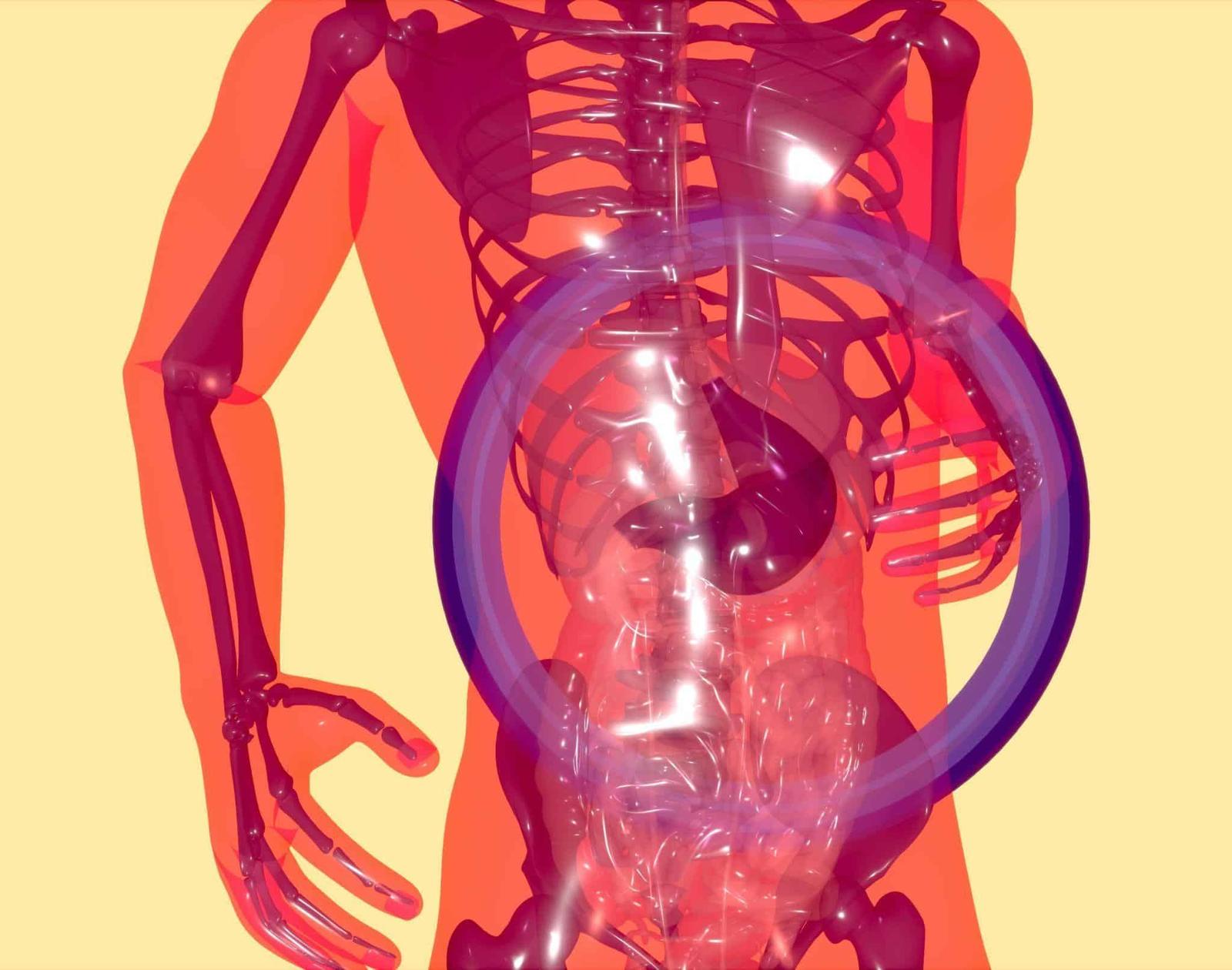- NASH vs. NAFLD
- Common Causes of Non-alcoholic Fatty Liver Disease
- Symptoms of Non-alcoholic Fatty Liver Disease
- How can Non-alcoholic Fatty Liver Disease be prevented?
- Diagnosis of NAFLD
- Your Health is Your Priority
NAFLD (Non-alcoholic Fatty Liver Disease) is an umbrella term used to refer to different liver conditions that affect people who drink little to no alcohol. The condition is associated with the build-up of excess fat in the liver cell, and the most common cause is obesity.
This article will explore some of the common causes of NAFLD and possible prevention methods.
NASH vs. NAFLD
So, what is NASH, and how does it differ from NAFLD?
Non-alcoholic fatty liver disease (NAFLD) occurs when too much fat is stored in liver cells. There are two types of Non-alcoholic fatty liver disease: simple fatty liver and non-alcoholic steatohepatitis (NASH).
Simple fatty liver occurs when there is fat in the liver without inflammation. This type is not threatening as it usually does not cause problems with the liver. On the other hand, non-alcoholic steatohepatitis (NASH) implies an inflammation in the liver, which can lead to severe problems such as cirrhosis and fibrosis, which can cause liver cancer and scarring.
Common Causes of Non-alcoholic Fatty Liver Disease

According to medical professionals, there is no particular known cause of NAFLD, but it has been observed to be common in obese people as they are likely to have more fat deposits around the liver.
There is a current surge in the number of NAFLD cases, and even though anyone can get it – including children and young adults – it is most common in middle-aged and older people. Some of the risk factors include:
- Type 2 diabetes
- Sleep apnea
- High cholesterol
- Underactive thyroid
- Underactive pituitary gland
- High levels of triglycerides in the blood
In addition to the fore mentioned causes, it has been discovered that metabolic syndrome, a cluster of disorders that increase the risk of diabetes, stroke, and heart disease, plays a crucial role in developing NAFLD. Symptoms of this metabolic syndrome include abdominal obesity, hypertension, insulin resistance, and so on.
Symptoms of Non-alcoholic Fatty Liver Disease
NAFLD usually occurs with no apparent symptoms; for example, an individual living with NASH may have symptoms that take years to develop.
Nevertheless, specific symptoms of non-alcoholic steatohepatitis include weakness, weight loss, severe tiredness, spider-like blood vessels on the skin, yellowing of the skin or eyes, long-lasting itchiness, enlarged spleen, red palms, and abdominal swelling. When NASH turns into cirrhosis, symptoms may include confusion, internal bleeding, and muscle waste. As mentioned earlier, fatty liver disease may occur without showing signs, but it can be diagnosed during routine blood tests to check the liver.
In addition to the complexity of cirrhosis, if the process isn’t interrupted, it may lead to fluid build-up in the abdomen, liver cancer, end-stage liver failure, and swelling of veins in the esophagus, which can eventually rupture and bleed. It has been estimated that between 5% and 12% 1https://my.clevelandclinic.org/health/diseases/22988-nonalcoholic-steatohepatitis of people with NASH will advance to cirrhosis.
How can Non-alcoholic Fatty Liver Disease be prevented?
The risk of NAFLD can be prevented by choosing a healthy diet, maintaining a healthy weight, and exercising. It is essential to incorporate fruits, vegetables, whole grains, and healthy fats into meals. Also, for people who are overweight or obese, it is necessary to reduce their calorie intake. In addition, exercises should be included in the weekly plan.
Diagnosis of NAFLD
Copyright: julien Tromeur on Unsplash I License: CC0 Public Domain
As stated earlier in this article, non-alcoholic fatty liver disease can present itself without symptoms, but it can be diagnosed through the following:
- Transient elastography 2https://pubmed.ncbi.nlm.nih.gov/18973847/: this is an advanced type of ultrasound that measures the stiffness of the liver, and liver stiffness can be a sign of scarring or fibrosis
- Abdominal ultrasound: this is usually the first test that shows the liver disease
- Magnetic resonance elastography: this works through the combination of MRI imaging with sound waves to create an elastogram that shows the stiffness of body tissues.
- Computerized tomography scanning of the abdomen: even though this option cannot tell NASH apart from NAFLD, it may still be used.
If the above tests are inconclusive, the doctor may succumb to conducting a liver tissue examination, which is done by removing a tissue sample from the liver. This tissue sample is examined in a lab for inflammation and scarring signs.
Furthermore, this condition can be treated through weight loss by combining a healthy diet and exercise. Also, a liver transplant may be considered an option for patients with cirrhosis due to NASH.
Your Health is Your Priority
Non-alcoholic fatty liver disease is caused by the accumulation of fats around the liver. This condition is most common in middle-aged and older people. Currently, there are no known specific causes, but it has been linked to obesity, high cholesterol, metabolic syndrome, and so on. Your liver is a key organ in your body, and its proper functioning is crucial to your overall health and well-being. If you experience any of the symptoms mentioned above, consult your doctor. Also, ensure to get regular check-ups from a liver care specialist.
Additional resources and citations
- 1https://my.clevelandclinic.org/health/diseases/22988-nonalcoholic-steatohepatitis
- 2https://pubmed.ncbi.nlm.nih.gov/18973847/


